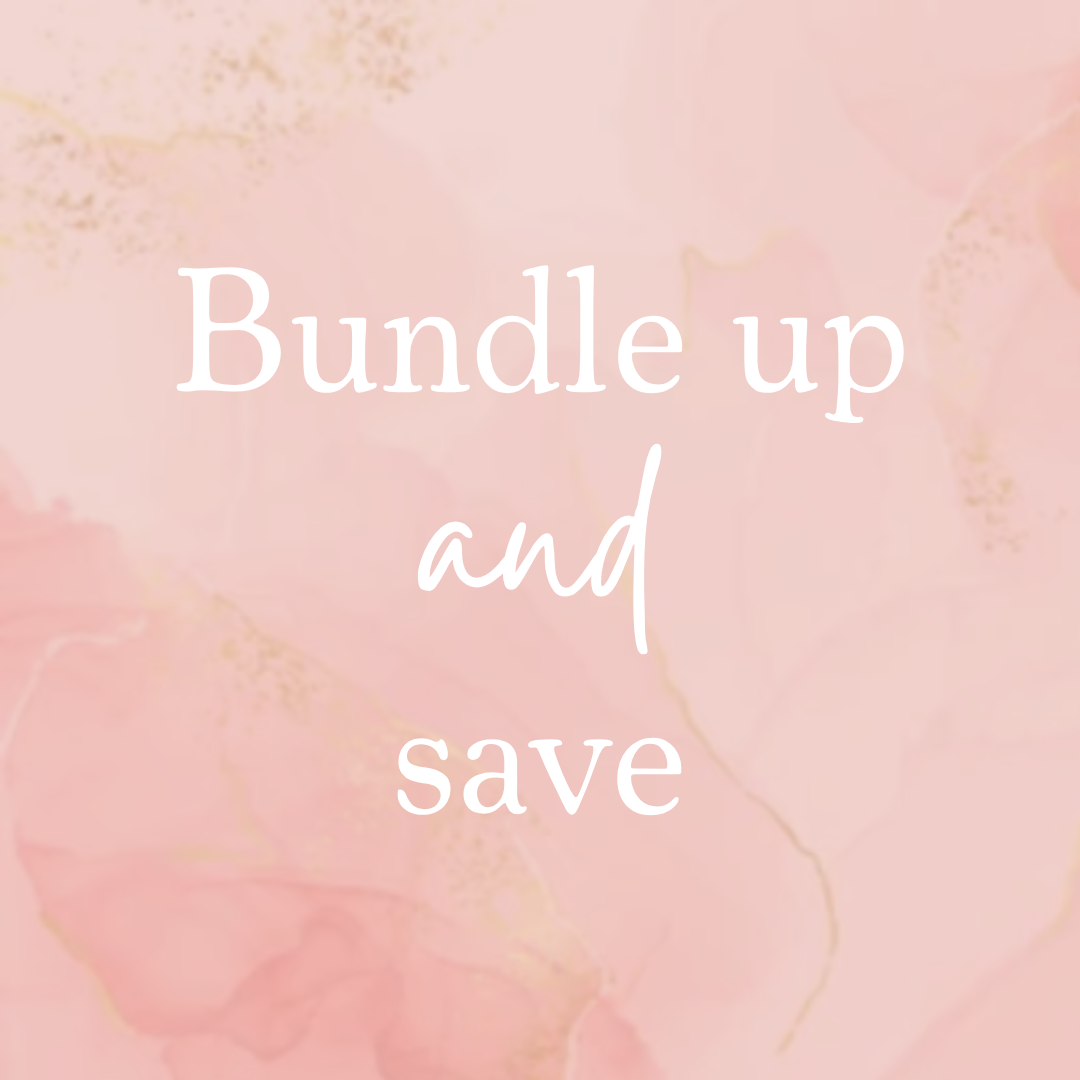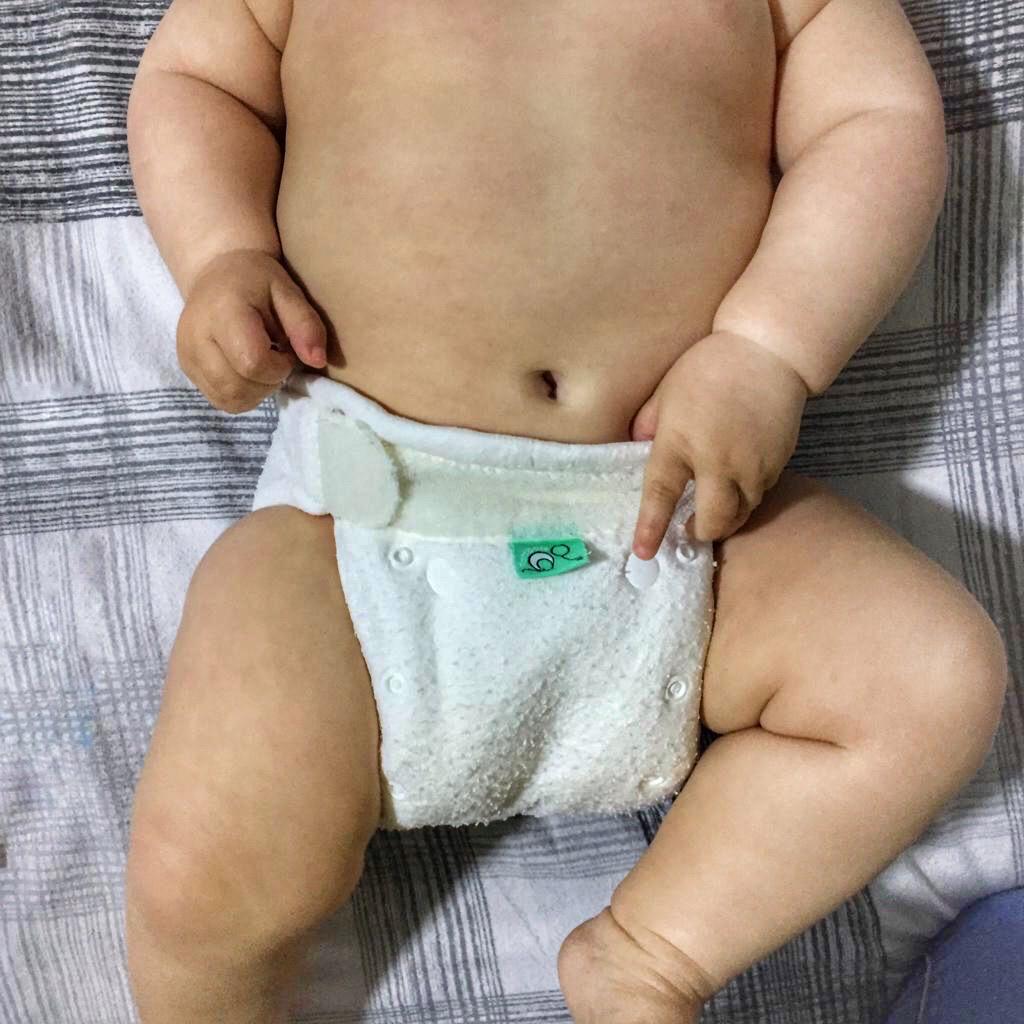A lot of different materials are used in the absorbency layers of modern cloth nappies. A quick search might end up making you feel even more confused than when you started researching. We always say that all the information you can find online might make it sound all too technical but using cloth nappies is no rocket science!
The material guide below will talk you through the basics of the most common materials used for nappy absorbency and will help you decide what’s best for you and your baby!
![]()
Cotton
Cotton is the original nappy fabric used for many years and is still a popular choice in most types of cloth nappies, either on its own or combined with other fabrics.
![]() Very durable material
Very durable material
![]() Very absorbent
Very absorbent
![]() Very breathable thus keeping the baby’s skin nice and cool
Very breathable thus keeping the baby’s skin nice and cool
![]() Has the ability to spread liquid throughout the material therefore can continue to absorb in the same area
Has the ability to spread liquid throughout the material therefore can continue to absorb in the same area
![]() Can handle high washing temperature and heat from tumble driers
Can handle high washing temperature and heat from tumble driers
![]() Takes longer to dry than other fabrics
Takes longer to dry than other fabrics
![]() Doesn’t have a great capability of drawing moisture away from the body. For this reason, the material is better used as an absorbency layer inside the nappy rather than in direct contact with the baby’s skin.
Doesn’t have a great capability of drawing moisture away from the body. For this reason, the material is better used as an absorbency layer inside the nappy rather than in direct contact with the baby’s skin.
![]() Cotton is one of the most polluting crops in the world and contributes to environmental pollution through the use of pesticides, fertiliser and insecticides.
Cotton is one of the most polluting crops in the world and contributes to environmental pollution through the use of pesticides, fertiliser and insecticides.
Our cotton range includes the Bambino Mio Miosoft prefolds.
![]()
Bamboo
![]() Even more absorbent than cotton, holding up to 60% more moisture. This means that bamboo nappies are normally more trim.
Even more absorbent than cotton, holding up to 60% more moisture. This means that bamboo nappies are normally more trim.
![]() Bamboo fibres are hypoallergenic and naturally resistant to bacteria, making them perfect for use in cloth nappies.
Bamboo fibres are hypoallergenic and naturally resistant to bacteria, making them perfect for use in cloth nappies.
![]() The fabric remains soft and silky even after years of use and washing.
The fabric remains soft and silky even after years of use and washing.
![]() Super sustainable and renewable. The bamboo plant grows quickly without the need of any fertilisers or pesticides and very little water. It is self-replenishing and releases a large amount of oxygen into the atmosphere.
Super sustainable and renewable. The bamboo plant grows quickly without the need of any fertilisers or pesticides and very little water. It is self-replenishing and releases a large amount of oxygen into the atmosphere.
![]() It doesn’t react well to heat so if tumble-drying you need to use low temperatures
It doesn’t react well to heat so if tumble-drying you need to use low temperatures
![]() Slow to absorb liquid.
Slow to absorb liquid.
![]() Slow to dry. Due to its ability to absorb a lot of liquid, there is more water after washing to evaporate.
Slow to dry. Due to its ability to absorb a lot of liquid, there is more water after washing to evaporate.
![]() When bamboo is wet, it feels wet. Whilst this is not a problem as such, it might bother some babies so you might want to use a liner between the fabric and the baby’s bottom in order to keep them dry and comfortable.
When bamboo is wet, it feels wet. Whilst this is not a problem as such, it might bother some babies so you might want to use a liner between the fabric and the baby’s bottom in order to keep them dry and comfortable.
Our bamboo range includes the Bambooty Basics All in Two, the Bambooty One Size All in Two, the TotsBots EasyFit All in One and the TotsBots Bamboozle.
![]()
Hemp
![]() Another sustainable choice from an ecological perspective, arguably more so than bamboo. Its ability to resist pests make it possible to grow hemp without using pesticides and the plant requires very little water to grow.
Another sustainable choice from an ecological perspective, arguably more so than bamboo. Its ability to resist pests make it possible to grow hemp without using pesticides and the plant requires very little water to grow.
![]() Ability to handle a huge amount of liquid and is therefore a popular choice of material for nighttime absorbency.
Ability to handle a huge amount of liquid and is therefore a popular choice of material for nighttime absorbency.
![]() Known for its antifungal and antibacterial properties.
Known for its antifungal and antibacterial properties.
![]() Hard-wearing material that will last.
Hard-wearing material that will last.
![]() Due to the nature of its fibres, it does not feel soft against the skin and can be abrasive. Typically hemp is combined with other materials, such as cotton or microfiber, to soften the texture of the fabric and this also helps it absorb liquid quicker.
Due to the nature of its fibres, it does not feel soft against the skin and can be abrasive. Typically hemp is combined with other materials, such as cotton or microfiber, to soften the texture of the fabric and this also helps it absorb liquid quicker.
Our hemp range includes the Charlie Banana hemp inserts.
![]()
Microfibre / Polyester
![]() Light and thin thus makes for a less bulky nappy
Light and thin thus makes for a less bulky nappy
![]() Very quick to dry – much quicker than other materials such as bamboo or hemp
Very quick to dry – much quicker than other materials such as bamboo or hemp
![]()
Has superior moisture-wicking capabilities ie. It draws moisture away from the body. This is great because it makes it able to absorb liquid quickly.
![]()
On the other hand, the superior moisture-wicking capability can leave your baby’s skin dry and irritated if placed directly in contact with the skin for a prolonged period of time. For this reason, microfibre is commonly used as an absorbency layer in all-in-ones and pocket nappies.
![]()
Cannot hold as much liquid as other materials
![]()
On its own, microfiber is prone to compression leaks if your baby’s nappy is squeezed.
Our microfibre range includes the Charlie Banana Deluxe inserts, the Bambino Mio Miosolo All in One and the Bambino Mio Mioboost nappy boosters.





